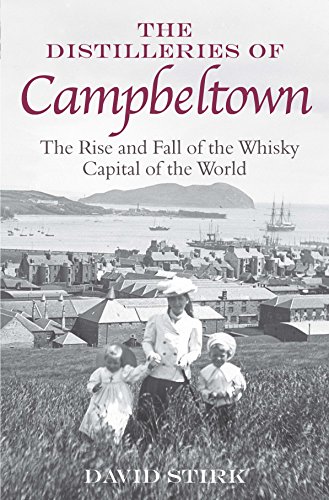Reference




OpenAI's Answer
Campbeltown, once known as the "whisky capital of the world" due to its vibrant whisky production scene, faced a significant decline for several reasons:
-
Economic Changes and Taxation: In 1909, a substantial increase in whisky tax by the British government, led by Chancellor David Lloyd George, heavily impacted the whisky industry. This tax hike was intended to curb alcoholism but had the side effect of reducing the demand for heavily peated and richly flavored Campbeltown whiskies source.
-
Quality Decline: By the 1920s, Campbeltown's whisky industry was also affected by a decline in the quality of its products. This decline, coupled with changing consumer preferences, led to a reduction in demand for their distinctive style of whisky source.
-
World War and Industry Challenges: The aftermath of World War I created economic challenges and disruptions in trade, leading to the closure of many distilleries in Campbeltown between the 1920s and 1930s. At its peak, the region had around 25 to 30 distilleries, most of which went out of business over time source.
Today, only three distilleries remain in Campbeltown, which continues to carry on its rich whisky-making tradition despite past challenges.
